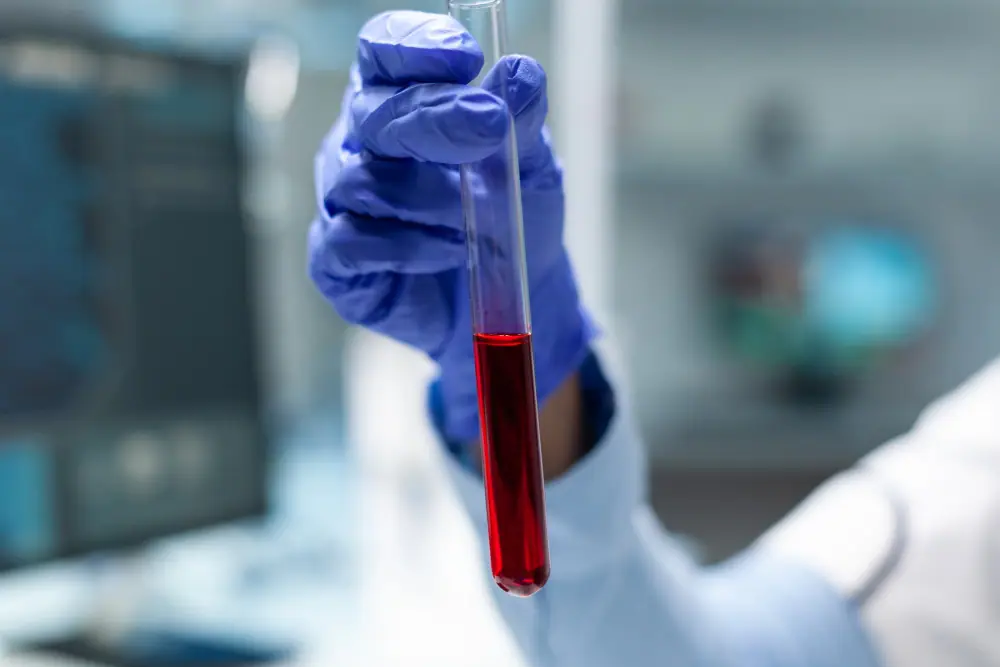In the realm of medical diagnostics, a complete blood count (CBC) is a fundamental tool that provides crucial insights into a person’s overall health.
One essential component of a CBC is the differential white blood cell count, which allows healthcare professionals to assess the different types of white blood cells present in the bloodstream.
Polymorphs, also known as neutrophils or granulocytes, are a subset of white blood cells and play a pivotal role in the body’s immune response.

This article aims to shed light on the significance of polymorphs in a blood test, their functions, and the implications of abnormalities in their levels.
Understanding Polymorphs
Polymorphs, specifically neutrophils, are a type of white blood cell that form a crucial part of the body’s defense mechanism against infections.
They are a subset of granulocytes, which also include eosinophils and basophils.
Neutrophils are the most abundant of these granulocytes and are the first responders to any microbial invasion, making them a critical component of the innate immune system.
Polymorphs Function
Infection Defense – Neutrophils are the body’s rapid-response team, designed to combat bacterial and fungal infections.
When an infection is detected, these white blood cells migrate to the site of the infection, where they engulf and digest the invading pathogens.
Phagocytosis – Neutrophils utilize a process called phagocytosis to engulf and digest bacteria and other foreign particles.
This is a fundamental mechanism in the body’s immune defense.
Inflammatory Response – Neutrophils play a pivotal role in the body’s inflammatory response.
When tissue damage or infection occurs, neutrophils are among the first cells to arrive at the site, releasing chemicals that trigger inflammation and immune responses.
Polymorphs in a Blood Test
A blood test, particularly a CBC with differential, measures the absolute and relative counts of various white blood cell types, including neutrophils.
These test results help healthcare providers identify potential health issues and monitor a patient’s response to treatment.
The results are usually expressed in absolute numbers (e.g., cells per microliter) and as a percentage of the total white blood cell count.
Polymorph Levels and Interpretation
The normal range for neutrophil counts can vary slightly depending on the laboratory and the specific methods used for testing.
In general, neutrophils typically make up about 40% to 60% of the total white blood cell count, with an absolute neutrophil count of around 1,500 to 8,000 cells per microliter of blood.
Abnormalities in polymorph levels can provide valuable diagnostic information:
Neutropenia – A lower-than-normal neutrophil count (neutropenia) may be indicative of various conditions, including viral infections, bone marrow disorders, medication side effects, or autoimmune diseases.
Neutropenia can increase the risk of infections and may necessitate further investigation and monitoring.
Neutrophilia – An elevated neutrophil count (neutrophilia) often signifies an acute infection, inflammation, or stress.
It can also be associated with conditions like burns, trauma, and certain cancers.
Left Shift – A “left shift” occurs when there is an increase in the number of immature neutrophils (bands) in the blood.
This is often seen in response to acute infections and can provide additional diagnostic information.
Conclusion
In a blood test, polymorphs, particularly neutrophils, are a crucial element in evaluating the body’s immune response.
Abnormalities in polymorph levels can provide valuable diagnostic information, aiding healthcare professionals in the diagnosis and management of various health conditions.
Understanding the role and significance of polymorphs in a blood test is essential for both patients and medical practitioners, as it can shed light on underlying health issues and guide appropriate treatment strategies.






